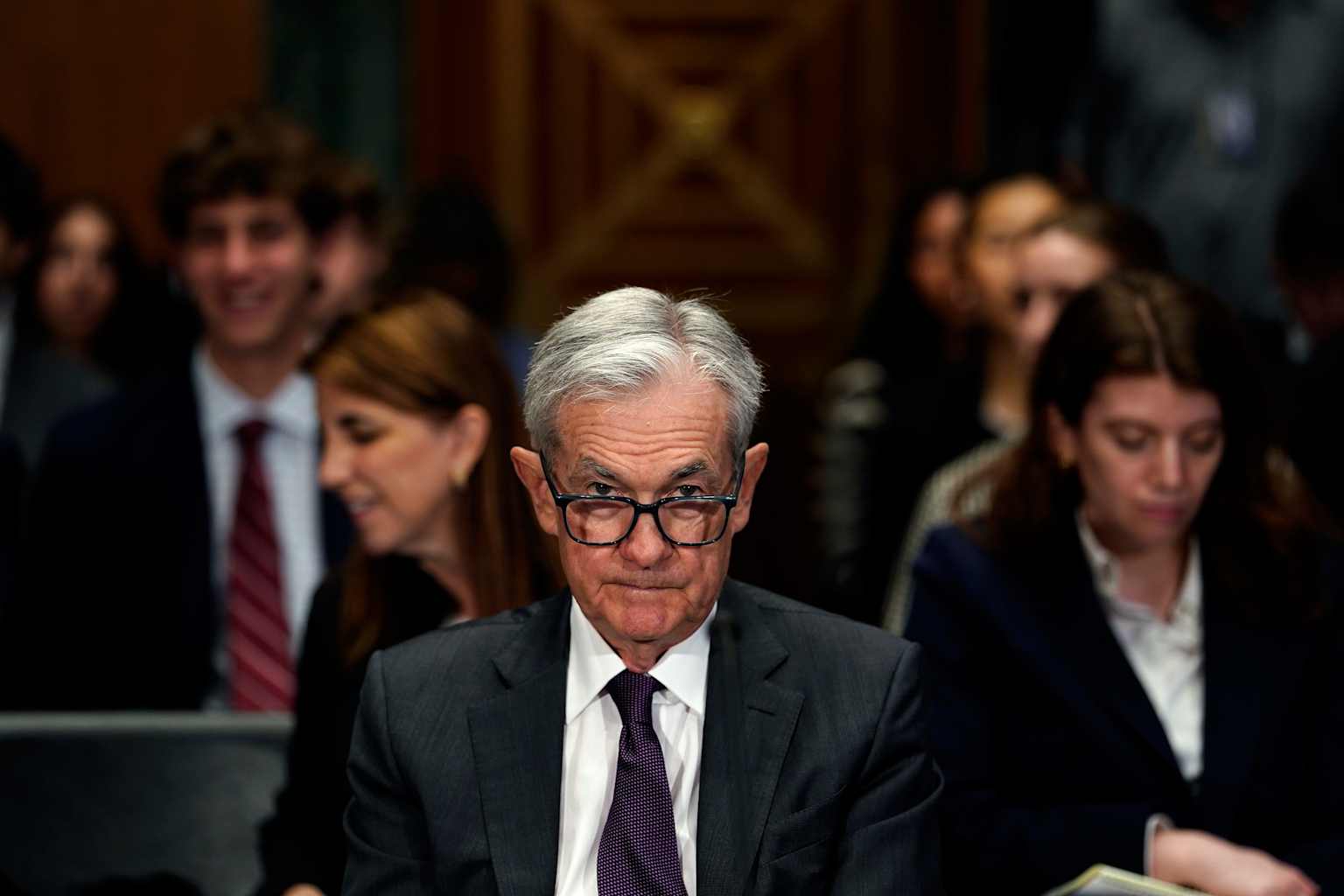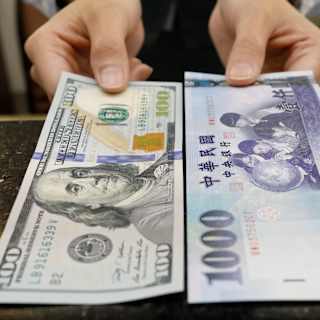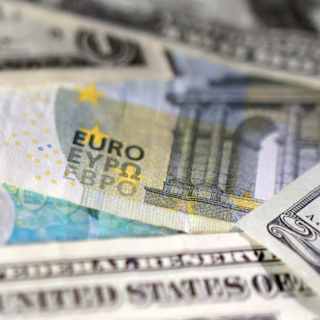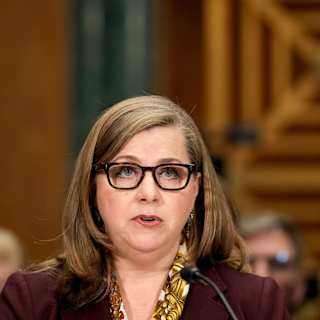- Rate Cut Expectations Surge
- Political and Economic Headwinds
- Broader Market Impact
The US Dollar Index plummeted to 97.3 on Thursday, marking its lowest level since March 2022 as traders ramped up bets on Federal Reserve rate cuts amid mounting political uncertainty and economic concerns. The greenback has now lost approximately 10% of its value in 2025, putting it on track for its worst first-half performance since 1986.
The dollar's decline accelerated after reports emerged that President Donald Trump is considering announcing a new Federal Reserve chair this fall, ahead of Jerome Powell's term ending in May 2026. This development has heightened concerns about the central bank's independence and fueled expectations for more aggressive monetary easing.

Market expectations for Fed policy have shifted dramatically. The probability of a rate cut at the July meeting jumped to 27% from just 12.5% a week ago, according to traders1. More broadly, markets now price in 64 basis points of cuts by year-end, up from 46 basis points projected last Friday2.
"It's hard for the Fed to have a lot of certainty about its forecast right now, because so many things could change between now and the end of the year," Derek Tang, cofounder of monetary policy research firm LHMeyer, told analysts3.
The shift reflects growing concerns about economic weakness. First-quarter GDP contracted 0.5%, and unemployment claims have risen1. Core PCE inflation cooled to 2.6% year-over-year in March, its lowest since March 2021, providing room for potential rate cuts4.
Beyond political uncertainty, the dollar faces headwinds from Trump's tariff policies and fiscal concerns. The administration's "Big, Beautiful Bill" could add more than $2.5 trillion to federal debt, according to economists1. US debt has reached 124% of GDP, with annual interest payments exceeding $1.2 trillion2.
Moody's downgraded the US from AAA to AA1 in May, citing "unsustainable fiscal paths" and political dysfunction2. Over 63% of US CFOs now view the country as financially unstable, according to a Deloitte survey2.
The dollar's weakness has benefited other currencies. The euro surged to $1.173, its highest since 20213. Against sterling, the dollar is down 7.1% year-to-date4.
The decline represents a reversal for a currency typically considered a safe haven. "This is uncharacteristic for the greenback, which is usually considered a 'safe haven' currency in times of global instability," analysts at Charles Stanley noted1.
For Americans, the weaker dollar will make international travel and imports more expensive while potentially benefiting exporters2. Global investors appear to be rebalancing portfolios away from US assets after being substantially overweight American investments entering 20253.



